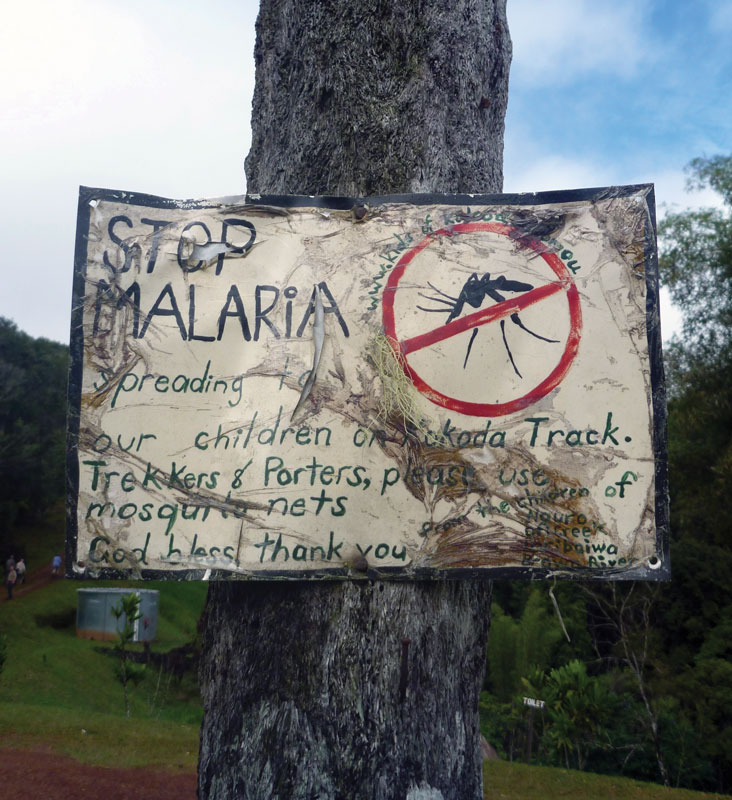
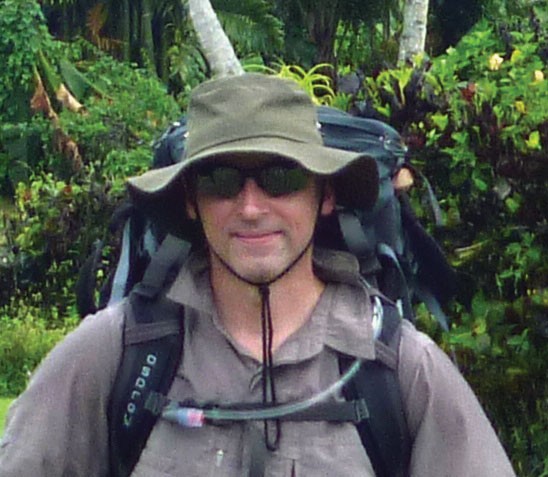
ED. Emerging drug resistance and the altered habits of mosquitos make avoidance more important.
Increasingly, mosquito-borne diseases put Australian travellers at risk of exotic infections. Arboviruses such as dengue, yellow fever, chikungunya, zika, Japanese encephalitis and Ross River are re-emerging and expanding their geographical reach. Despite some inroads there are still 216 million cases of malaria annually.
Protection of travellers from these diseases relies upon vaccines, anti-malarial prophylaxis, mosquito-control programs and/or personal preventive measures.
Current vaccine options are few. A yellow fever vaccine has been available since 1938 but supply can be limited. Australia has a long-lasting vaccine for Japanese encephalitis but at $250-$300, it may be too costly for many travellers. A dengue fever vaccine, licensed overseas, is potentially hazardous to non-immune travellers. A malaria vaccine will be used in three African nations in 2019, but only for young children.
Malaria prophylaxis is recommended for travellers at risk, and drugs have been in widespread use for decades. However, parasite resistance has occurred with all current drugs, and slow development of alternatives means even diligent travellers are at risk of acquiring resistant strains.
Strategies for mosquito control have been implemented around the world, focussing on the local vector species for pathogens. Africa has long-lasting insecticidal nets and indoor residual spraying of insecticides. Communities at risk of dengue have introduced inspections and destruction of mosquito breeding reservoirs. Breeding areas for mosquitoes can be sprayed with insecticide or biological agents.
Recently in Townsville, Aedes mosquitoes infected with Wolbachia bacteria were released – this symbiotic bacterium reduces the feeding ability of the mature Aedes mosquitoes (the only ones capable of dengue virus transmission).
In light of increasing diseases, better mosquito protection needs to be implemented, particularly personal preventive measures. If individuals take responsibility for avoiding bites and limiting mosquito breeding, the disease risk to the community can be reduced. To take appropriate PPM, understanding the biting and breeding behaviour of mosquitoes is important, including recognising that mosquitoes are capable of altering their behaviour.
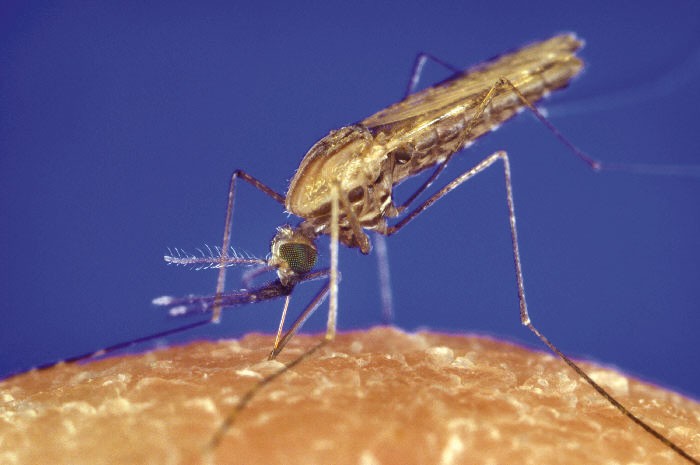
Anopheles. In Africa, the malaria vector An. gambiae, is a nocturnal species that prefers to live outdoors and enter buildings to bite, but is flexible. In a classical example of behavioural resistance, implementation of bed nets and indoor spraying has caused it to bite outdoors and earlier in the evenings, before its human blood source has gone to bed! A dominant American vector, An. albimanus, chooses to rest indoors and bite earlier in the evenings, from 1800hr to 2100hr, around the same time its victim is having a meal.
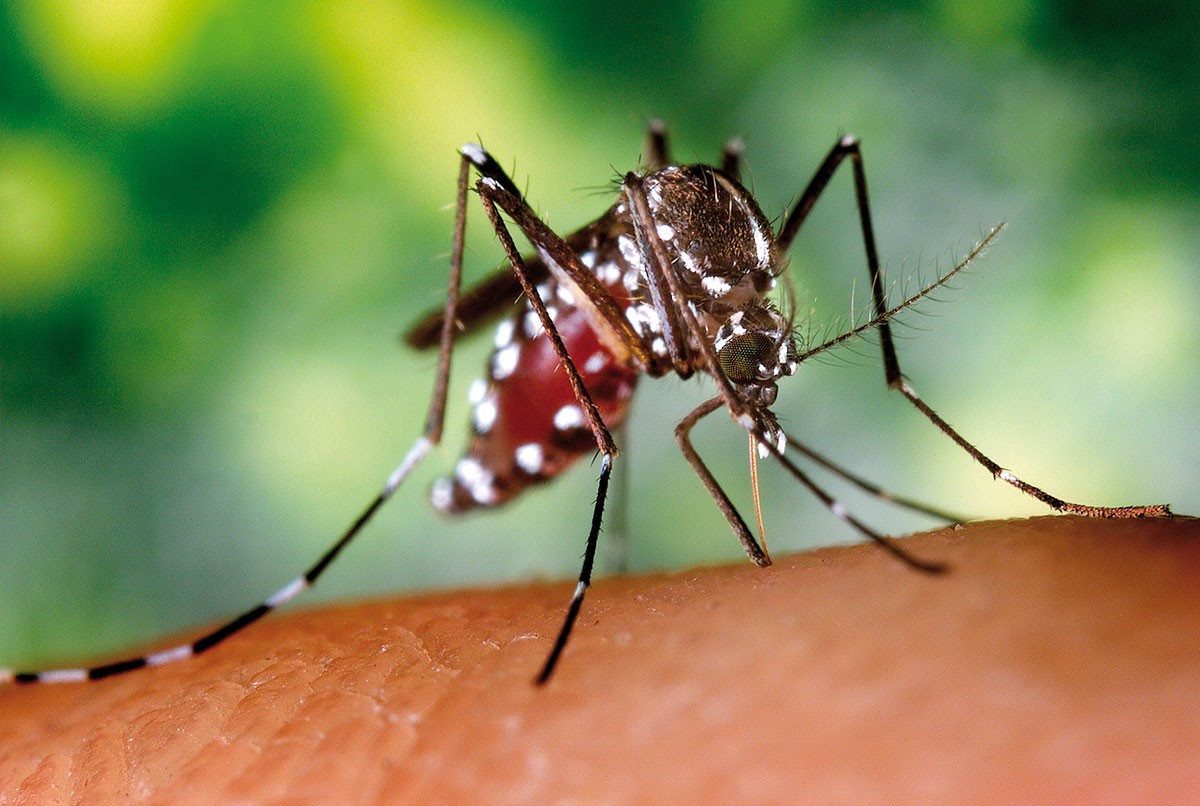
Aedes. Found globally throughout the tropics, it is expanding into temperate regions, including USA and Europe. Their eggs are resistant to dessication, so they can tolerate dry periods. They can also tolerate the cold snow-melt of arctic areas. Ae. aegyptii and Ae. albopictus are efficient vectors of many arboviruses, including dengue, chikungunya, zika and yellow fever. They’ve adapted to rural and urban environments, can breed in small collections of freshwater, and bite in the daytime and early evening, preferentially outdoors.
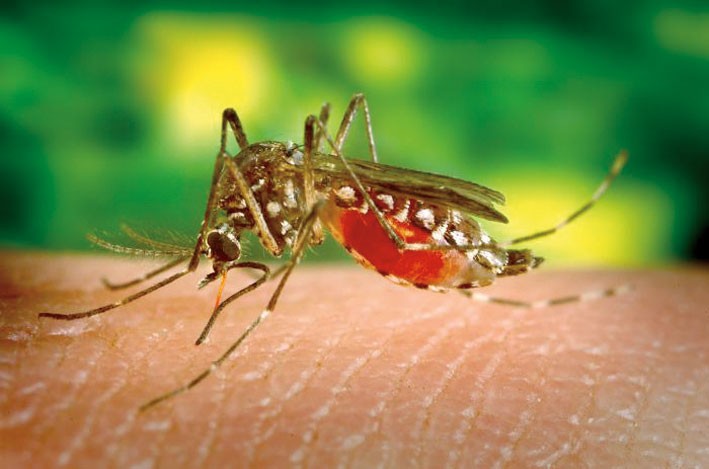
Culex. These mosquitoes breed in ground collections of water – puddles, rice fields, plastic containers, blocked drains. Species like C. annulirostris and C.tritaeniorhynchus will breed in saltmarshes and brackish water. C. quinquefasciatus is associated with urbanisation, and bites at night. It can rest outdoors or indoors. They can transmit Japanese encephalitis, Ross River virus, Barmah Forest virus, and several equine encephalitis viruses.
The battle plan is thus:
Personal prevention;
- Apply insect repellent to all exposed skin. Effective insect repellents contain DEET, picaridin, PMD, OLE. Application timing depends on the mosquito vector, daytime and early evening for Aedes, early evening until early morning for Anopheles, and early evening and throughout the night for Culex.
- Cover as much skin as possible with long sleeves and long Use loose-fitting clothes that are lightly coloured.
- Wear clothing that has been treated with an insecticide like permethrin.
- Minimise human odours that mosquitoes can detect and use to identify you as a food source, such as fragrances and perfumes, excessive carbon dioxide (heavy exercise), sweat (over-heating and exercise) and urine (latrines).
Accommodation protection;
- Sleep under an insecticide-treated bed net, ensuring it is taut and not resting against skin.
- Close doors and windows to prevent ingress of mosquitoes. Inspect rooms for mosquitoes: pay attention to the corners, under furniture and in bathrooms.
- Spray a fast-acting insecticide inside rooms and around eaves of buildings during peak times of mosquito breeding (during and following rain).
- Keep interiors uncomfortable for mosquitoes: air-conditioned rooms as cold as tolerable; and ceiling and floor fans on high speed.
- Spray long-lasting insecticide around external walls.
- Burn mosquito coils inside rooms.
Reduce mosquito breeding;
- Empty water containers around the home at least once per week (the minimum time for Aedes eggs to mature).
- Remove rubbish that allows water to pool e.g. plastic containers, car tyres and tarpaulins.
- Attend to tropical plants that catch water e.g. tops of cut bamboo and the base of palm fronds – drill a hole so water can drain.
- Produce movement in water catchments to discourage mosquitoes from laying eggs around the water fringe e.g. install a fountain.
- Spray agents that are mosquito larvicidal in large breeding areas like lakes and swamps. Biological agents such as Bti are safe to mammals.
Further reading:
- Centers for Disease Control and Prevention. Prevent Mosquito Bites. Atlanta, Georgia (USA): US Department of Health and Human Services; 2018 Mar [updated 2018 Mar 19]. Available from cdc.gov/features/stopmosquitoes/index.html
- Malaria. Entomology and vector control. Geneva (Switzerland): 2018 [cited 2018 Oct 25]. Available from www.who.int/malaria/areas/vector_control/en/
- Townsville City Council. Mosquitoes. Townsville, Queensland (Australia); 2018 [cited 2018 Oct 25]. Available from townsville.qld.gov.au/community-support/community-safety/mosquitoes
References: available on request
Author competing interests: nil relevant. Questions? Ask the editor.
Disclaimer: Please note, this website is not a substitute for independent professional advice. Nothing contained in this website is intended to be used as medical advice and it is not intended to be used to diagnose, treat, cure or prevent any disease, nor should it be used for therapeutic purposes or as a substitute for your own health professional’s advice. Opinions expressed at this website do not necessarily reflect those of Medical Forum magazine. Medical Forum makes no warranties about any of the content of this website, nor any representations or undertakings about any content of any other website referred to, or accessible, through this website.

